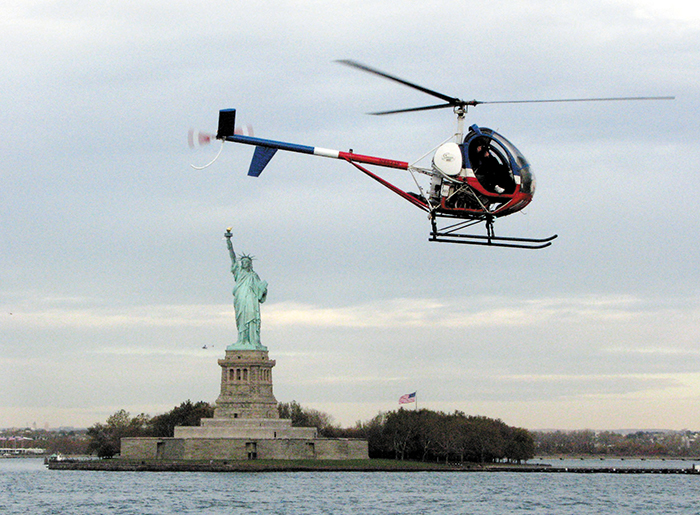Stop the Chop NY/NJ announces widespread community opposition to expansion of helicopter commuter flights between NYC and Westchester
New flight path threatens to increase adverse noise and environmental impact that non-essential helicopters pose to NYC and surrounding areas

Stop the Chop NY/NJ (STC), a grassroots non-profit environmental organization dedicated to educating the public on the harms caused by nonessential helicopter flights over the New York metropolitan area, announced today their widespread community opposition to Blade Urban Air Mobility’s (Blade) harmful and dangerous planned expansion of commuter helicopter flights between New York City and the Westchester County Airport.
STC, which represents the interests of local New York City and New Jersey residents, community groups, and green spaces, objected to the expansion on the grounds that increased helicopter traffic will exacerbate noise pollution over residential communities, parks and landmarks, and increase environmentally harmful fossil fuel emissions. In 2020, complaints about helicopter noise skyrocketed in New York City.
“We are opposed to all non-essential helicopter flights, including Blade’s exclusive commuter flights, that subject New York City metropolitan area residents to unnecessary noise, air pollution, and other serious risks,” said Andrew Rosenthal, STC President, “We are calling on our elected leaders in New York, New Jersey, and Congress to ban these types of flights, which are increasingly clogging our airspace and damaging the greater New York City, Long Island, and New Jersey area.”

Brooklyn Boro
View MoreNew York City’s most populous borough, Brooklyn, is home to nearly 2.6 million residents. If Brooklyn were an independent city it would be the fourth largest city in the United States. While Brooklyn has become the epitome of ‘cool and hip’ in recent years, for those that were born here, raised families here and improved communities over the years, Brooklyn has never been ‘uncool’.